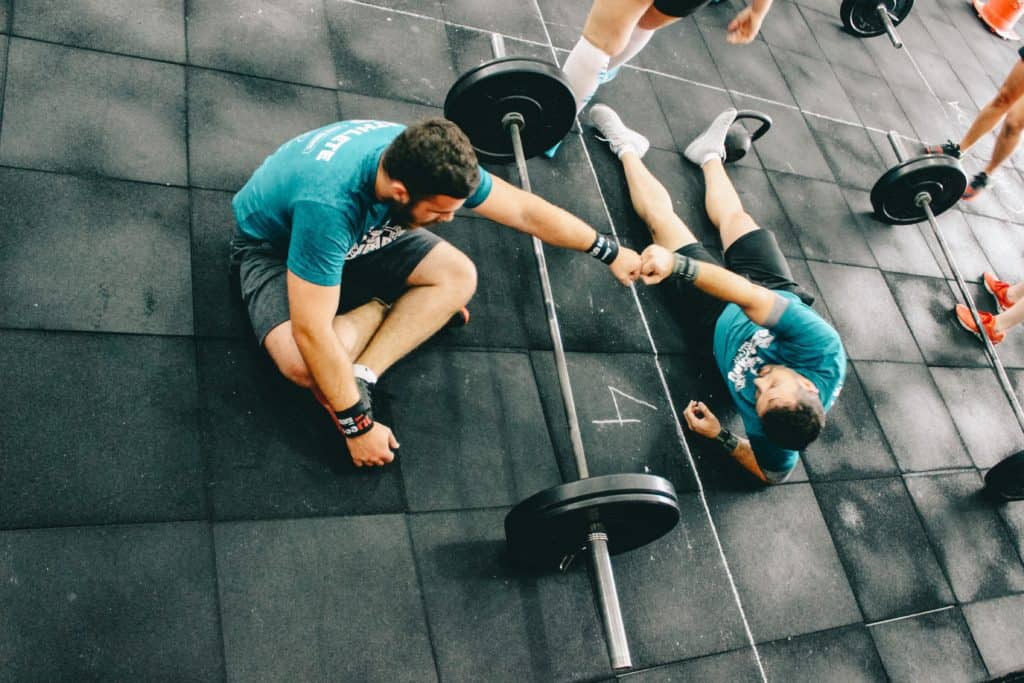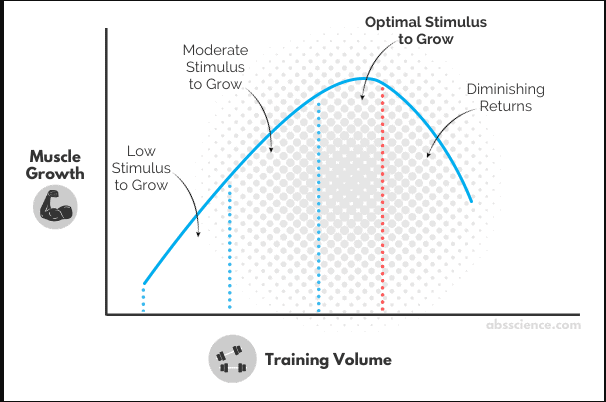
Some people report feeling energized and refreshed after a workout which lasts them the entire day. Others have never experienced such a phenomenon and wonder what they’re doing wrong.
This article is for the latter.
Perhaps there is a brief rise in energy after an intense workout session, but this feeling is fleeting. After the adrenaline dies down some people often feel lethargic and ready for a nap.
This is not necessarily a major health issue, it’s more likely that some simple tweaks need to be made to the pre and post workout routine. If anything, a meaningful workout should be hard and should exhaust you. But that doesn’t mean the rest of the day has to be miserable.
None of the recommendations require life altering changes, nor do they even require you to buy anything. These simple strategies can be implemented immediately.
1. Cool Down Properly Post Workout
We are all guilty of going through a grueling workout, then immediately leaving the gym to get on with the day. Intuitively we know it’s wrong, and our bodies often punish us for it later.
The body is not meant to be pushed to the limits and then immediately plummet to baseline. Lactic acid will build up in the system leading to fatigue in the short and long term.
Lactic acid is not a bad thing; in fact it’s usually an indication of a great workout. Lactate can even be an energy source in the right circumstance. But there is a right way and a wrong way to complete a workout.
A simple 10 minute cool down post workout can slowly bring the body back to baseline. A cool down has been shown to be particularly beneficial in removing lactate from blood and in aiding recovery from cardio workouts.
There is conflicting evidence of whether or not it affects delayed onset muscle soreness (DOMS), but at the very least it won’t negatively impact it. Psychological impact is iffy as well, but this is often hard to tangibly measure.
Cooling down is meant to be easy. A walk on the treadmill or easy cycling session will suffice. Anything beyond that in terms of intensity can borderline be considered an extension of your actual workout.
2. Optimize Peri-Workout Nutrition
Research has shown that the once abrupt one hour post workout anabolic window is actually much longer than previously thought.
The anabolic window, which represents the increase in muscle protein synthesis after a workout, can last from 24-72 hours post workout. More advanced lifters have a shorter window for muscle growth while beginners have more opportunity for growth.
The range of the anabolic window based on level of advancement is due to an experienced lifter having more muscle mass and being closer to their natural limit. A beginner is a blank slate. Working out is a new stimulus for them thus there is more muscle to be had, hence the 72 hour window.
Nonetheless, even a 24 hour anabolic window is still a long period of time. This has led some, especially those in the evidence based fitness community, to become lax with their post workout shakes and meals.
Just because you don’t have to slam a protein shake immediately post workout doesn’t mean it still isn’t a good idea.
Even if the science suggests you have more time than you think, why delay the recovery process at all? If you are an advanced lifter with a 24 hour window to build muscle, why waste 3 or 4 hours giving your body nothing to grow?
Peri-workout nutrition describes the nutrients consumed pre, during, and post workout. Nailing down peri-workout nutrition is critical for getting the most out of each training session.
Having adequate pre workout nutrition provides energy for the workout and puts the body in an anabolic state for muscle growth. It also prevents workouts from becoming too catabolic, leading to too much muscle breakdown in the moment.
Post workout nutrition is even more important for people who train fasted or don’t eat much before training.
If you find that you are crashing in the hours after a workout session, try to consume a greater proportion of your daily protein and carbohydrates post workout. You can even optimize what you drink during the workout by implementing intra workout supplementation.
3. Change Workout Volume and Intensity
The misconception around workouts is that you have to be sore to elicit muscle growth. Soreness from a workout is often an indication of muscle damage, which has a low correlation with actual muscle growth.
The keys to muscle growth are tension on the muscle and workout volume. Muscular tension (or mechanical tension) comes down to good form and heavy enough weight. Volume is often recorded as the amount of sets performed in the workout; but a more detailed measurement is reps multiplied by sets multiplied by weight.
While you obviously wouldn’t want to sacrifice mechanical tension, you may want to consider adjusting workout volume if recovery from workouts is an issue. Try doing a few less sets or one less exercise or two and see if it has a tangible effect on recovery.
There is also a concept called junk volume, which occurs when sets of exercises no longer have an impact on muscle growth. The anabolic effect of a workout is not linear; at a certain point the protein synthesis levels off and the curve flattens out.

There may even come a point where muscle protein synthesis decreases if there is too much volume in a workout. Junk volume is a term used to describe the unnecessary workout volume, typically towards the end of the workout, which has no impact on protein synthesis.
These are usually things like drop sets at the end of a training session on a muscle that has already maxed out it’s volume for growth that day. At that point, the only thing you are doing is creating an catabolic environment that is harder to recover from.
Peak training volume occurs at 10-15 working sets per muscle group per workout, with more advanced lifters being able to handle more volume.
If you are consistently experiencing a crash after a workout, try lowering the training volume. As mentioned, it will not have a negative impact on muscle growth. If anything, it may help muscle growth directly (by lowering the catabolic effect) and indirectly (allowing one to recover for the next workout).
4. Take a Nap (But Use Caution)
You wouldn’t think that there is strategy involved when taking a nap, but there is a right and wrong way to do so. A mid-afternoon nap is a great way to recharge from a workout or simply general fatigue, but you don’t want it to be too long.
Unlike regular sleep, a nap is a situation where you don’t want to get into deep, REM sleep. Too long of a nap can leave you disoriented, which completely defeats the purpose of the nap in the first place.
The optimal nap time for most people for a quick recharge and recovery is 20-30 minutes.
If you are a person that can’t nap, just lying down with your feet elevated for that same amount of time can help the body recover.
If you a person whose naps can get out of control and end up longer than anticipated, setting an alarm is important. Some experts also recommending napping in a different spot from your nightly sleep, like a couch in a separate room.
5. Alter Caffeine Consumption
Most people who work out probably take some sort of pre workout supplement, coffee, or energy drink prior to training. These can contain upwards of 400mg of caffeine.
Fear not, we’re not telling you to ditch the caffeine, just alter the way you use it. Throughout the course of the day, you should probably limit yourself to 300-400mg of caffeine overall.
Instead of consuming all of your daily caffeine pre workout, break it up into two halves. Two 200mg servings spread across the day will be better for energy than one dose before working out.
Truthfully, the difference in workout energy between 200mg and 400mg is not as noticeable as one would think. If you set a cap at 400mg per day, it would be more beneficial, in terms of recovery, energy, and productivity, to split the doses.
While it seems counterintuitive, caffeine consumption coupled with napping can help restore energy after a hard workout.
Having 100-200mg of caffeine timed right before a nap can give the best of both worlds. It takes about 20-30 minutes for caffeine to start having an effect, which is right around the time you would arise from a nap if you took it immediately before.
